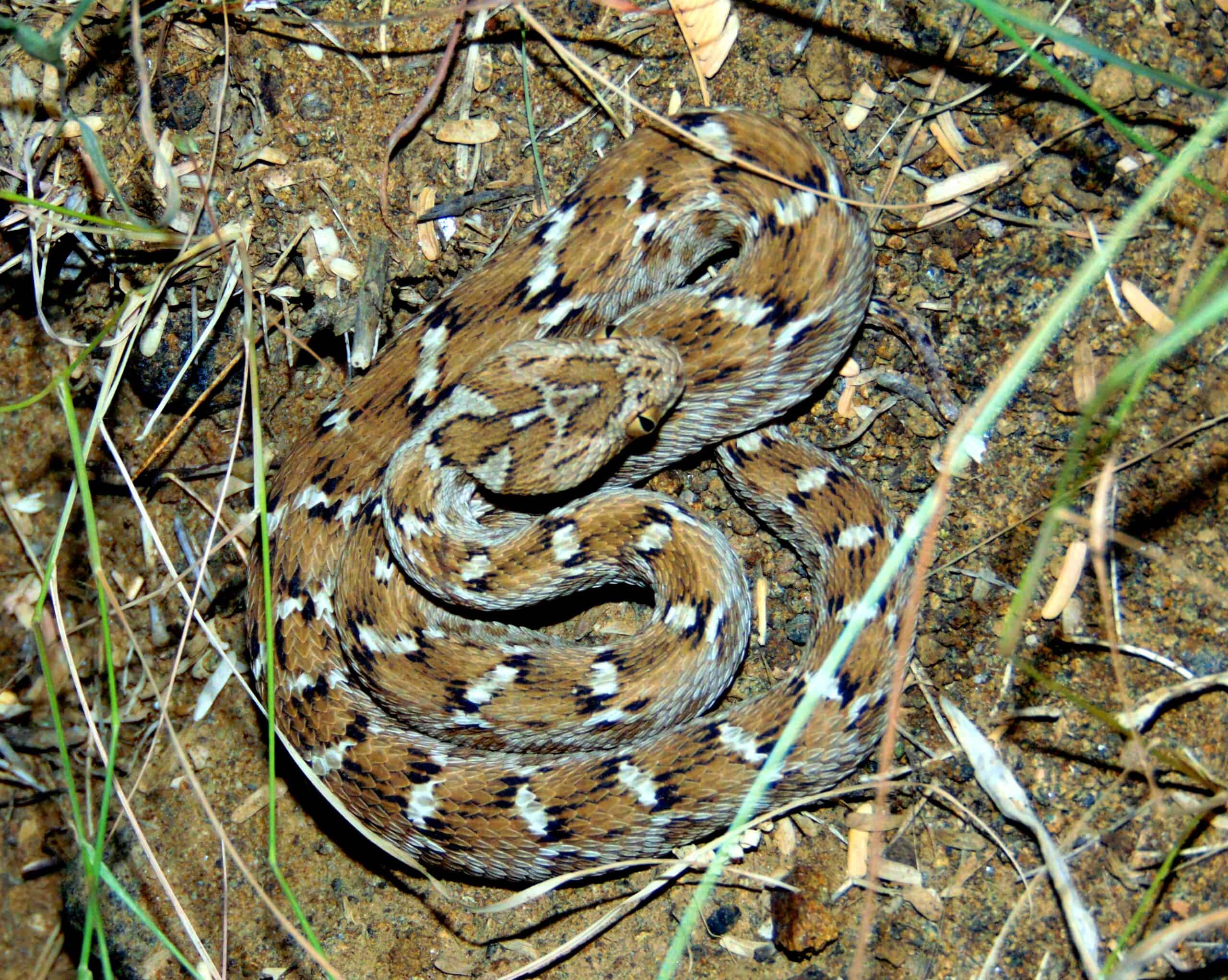Share this article
Recovering wild condors maintain high genetic diversity
As wildlife biologists help return California condors to the wild, researchers found the recovering population has surprisingly high genetic diversity, which offers some good news for a species that has been difficult to restore.
California condors (Gymnogyps californianus) became extinct in the wild in the late 1980s, but the birds were once numerous, and those large populations from the past are benefiting the surviving birds today.
From 27 individuals in captivity, scientists were able to reestablish a struggling condor population. Today, about 300 condors exist in the wild, with another 175 in captivity. To find out how much inbreeding resulted from the raptors’ low numbers and to see how the recovering population might fare, Jacqueline Robinson, a postdoctoral scholar at the University of California San Francisco, led a study published in Current Biology to sequence their genome and compare it to other similar species.
“Genetics is important for conservation for a number of reasons, and our study is not the beginning of using genetics for California condor research for conservation,” Robinson said.

High genetic diversity can mean California condor populations have more of a chance of surviving in the wild.
Credit: San Diego Zoo Wildlife Alliance
After sequencing the genomes of two California condors, the team found that although some inbreeding did occur when the population’s low numbers created a genetic bottleneck, their genetic diversity has remained relatively high.
“It was actually sort of a surprising result,” Robinson said. “The California condor genomes contained a lot of genetic diversity, which is not what you would expect for species with small population sizes.”
The team found California condors had higher genetic diversity than two closely related raptors— the Andean condor (Vultur gryphus) and the turkey vulture (Cathartes aura) — even though those species aren’t endangered.
That genetic richness is likely left over from 10,000 years ago when California condors were abundant, Robinson said. “California condors today are harboring a lot of variation from their ancestral populations from thousands of generations in the past.”
That old news is good news for today’s condors. With greater genetic diversity, the species is more likely to persist into the future and expand into more of their former territory, she said. “The more you can keep genetic variation high and avoid inbreeding, that’s giving you the best odds for their future survival,” Robinson said. “Yes, there’s been some impact from recent severe population decline, but there’s also the hopeful signs that they have this high genetic diversity remnant from their former abundance.”
The information can be helpful for future conservation efforts, she said, allowing scientists to continue to sequence genomes from wild individuals in different regions to see how genetic variation compares in different places. It can also aid captive breeding programs. If scientists can uncover what genes are contributing to inbreeding depression or which individuals have genes associated with diseases — including a lethal form of dwarfism called chondrodystrophy — they can make sure they are breeding the healthiest individuals in captivity to avoid those issues.
For Robinson, the findings were a welcome bit of good news. “Our results are adding to the hopeful optimistic outlook for California condors, which is one of the major takeaways from the paper that make me feel good,” she said. “I’ve worked on various conservation-related genomics projects, and a lot of conservation is just doom and gloom to be honest. This is just a change of pace.”
Header Image: Despite their small population, California condors have surprisingly high genetic diversity. Credit: San Diego Zoo Wildlife Alliance








